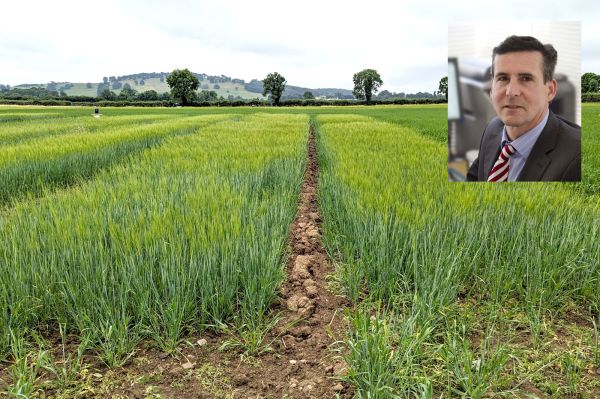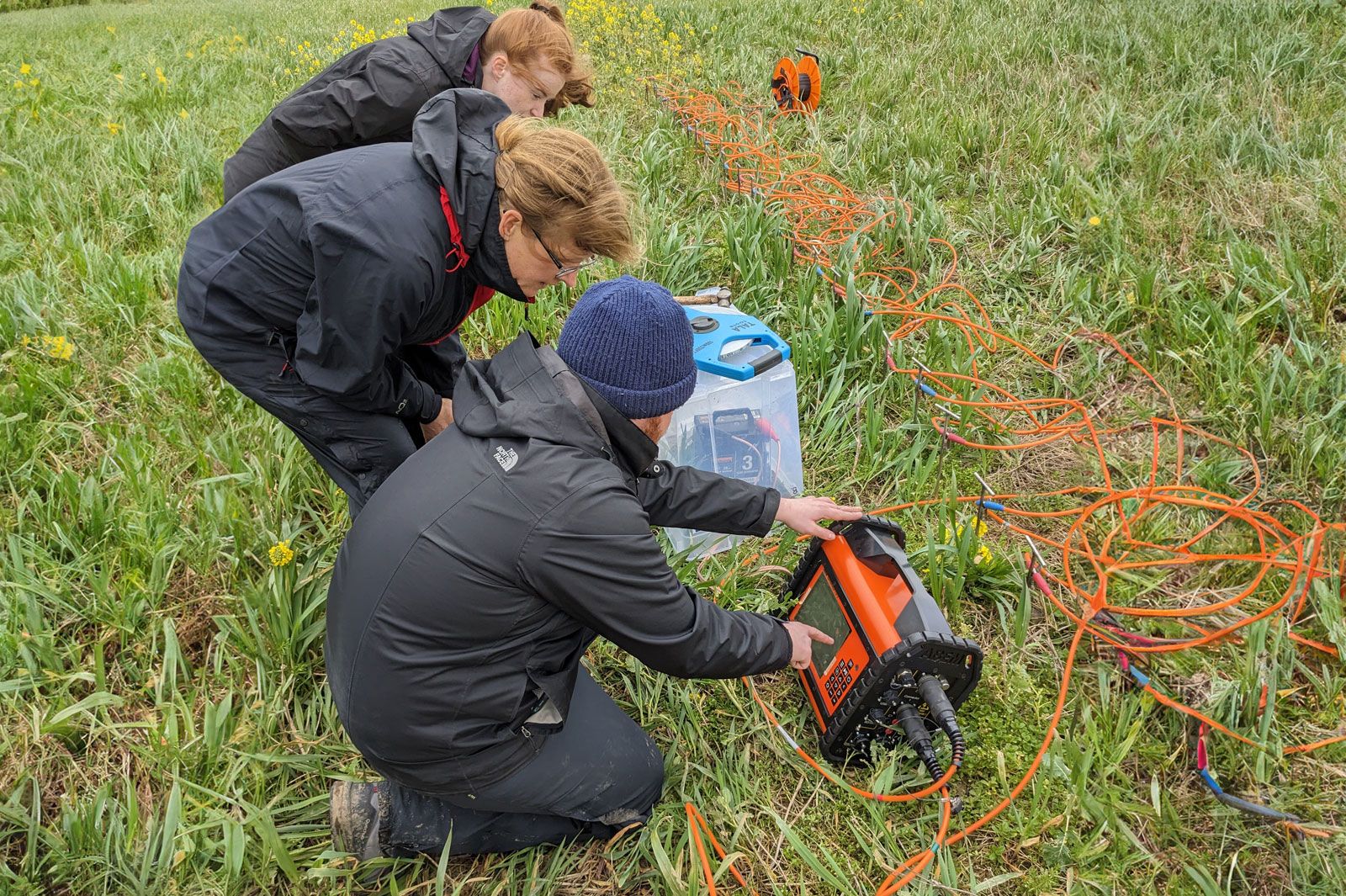The Right Tools

Farmers have always used their expertise and intuition to make decisions, day-to-day, which impact on the efficiency of their business. Knowing the soil, understanding the impact of weather, applying previous experience to help improve decision-making – all these things help to inform farmers when they are planning in both the short and long-term. But in this new digital era there is the potential to apply much more accuracy to this decision-making process and, currently, there are a number of research projects in UCD aimed at creating digital tools to help cereal farmers improve their practices.
Decisions, Decisions
Professor McDonnell explains: “Every cereal farmer, every day, is making hundreds of decisions, but what we want to look at is: are they making the best decisions? And what is the data source for these choices? A lot is simply intuitive, in the grower’s mind, but we want to try to offer a more accurate option; to digitise all of these decisions and help farmers become more efficient, more sustainable and, ideally, more profitable.
"One example of research currently underway here is the DIVINE project – an EU-funded project looking at how we can develop a fully digital model for cereal production. This would then offer a tool that can be used by farmers/agronomists and researchers to better understand all the variables and options when managing the farm. So, if our head researcher at Lyons farm wanted to decide on which crop would be best to grow, he should be able to go through all the relevant data on a laptop – looking at soil terrain, crop varieties, weather conditions etc. – and be guided towards the best decision. We are trying to build the right digital tools to do that.” This project involves walking through every single step of a growing season, capturing the data and offering an interactive tool to help farmers use that information. “For example, we work with the Department of Agriculture, Food and the Marine on the recommended list on what to grow, which is great, but as a PDF it is not interactive and we can’t ask it questions – maybe there is a better way?”
Professor McDonnell explains, for example that developing a seed selection tool means that farmers can understand which seeds to use if it is a heavy soil with high moisture content or a dry sandy soil; and developing smart tools that can plant, count and distinguish weeds from plants and assess plant growth and germination will mean that farmers don’t need to guess with only a visual assessment. “We need to quantify our choices, move away from solely using intuitive knowledge and get more accurate and hopefully more sustainable decisions. If we create the right digital tools, we can do this. Our role is looking at data sources to build a proper model that you can ask questions, that will give you prompts. We believe we can build something that will be really useful for Ireland’s cereal farmers.” The DIVINE project was set up just over a year ago so it only has data from one crop cycle but the next few years will see this information grow.

Field biomass and root scans.
Health Focus
Another interesting programme in the digital space that UCD is heading up is the Crop Health project, which uses digital tools to assess diseases in crops throughout the season, specifically looking at wheat and how to give agronomists more useful information here. “So far, this project has nine times out of 12 offered a more accurate model than agronomists have been using.” The plan is to develop this as an application that can be licensed and rolled out. “The idea is to use advanced algorithms to take an image and recognise a disease and then use this information to tackle the challenge. The app will be able to know if, for instance, it is simply stress or weather related or if in fact it is a disease; and then identify what disease it is and offer risk management solutions. So, for example, if it is Septoria, this is driven by moisture and let’s say there has been dry weather for the last five days so there is a low risk of disease spread and therefore there might be no benefit to spraying. However, if it is mildew and there is a high risk in terms of weather the app might be able to advise that there is a two-day spray window.” The project started six years ago and is nearly at a stage where the app could be licensed and sold.
Grass bioRefinery
Finally, a third project that Professor McDonnell highlights is the Grass BioRefinery project which uses infra-red tools to scan grass at different growing cycles. “We take high clover silage – high protein – and we sample every 15 days after ensiling to look at changes in composition. Then, at the end of that 90-day cycle that grass is pressed and the liquid juice is scanned and tested for quality; we are looking at this as a supplement for pig and poultry diets to see how it could influence pig or poultry performance. We can also use this to better assess the grass and also the fermentation and silage as well. More clover in multi-species swards can reduce the amount of nitrogen, so once we have pressed the grass and taken the liquid off, the grass cake can go to the cows and has resulted in less nitrogen losses in faeces and urine”




